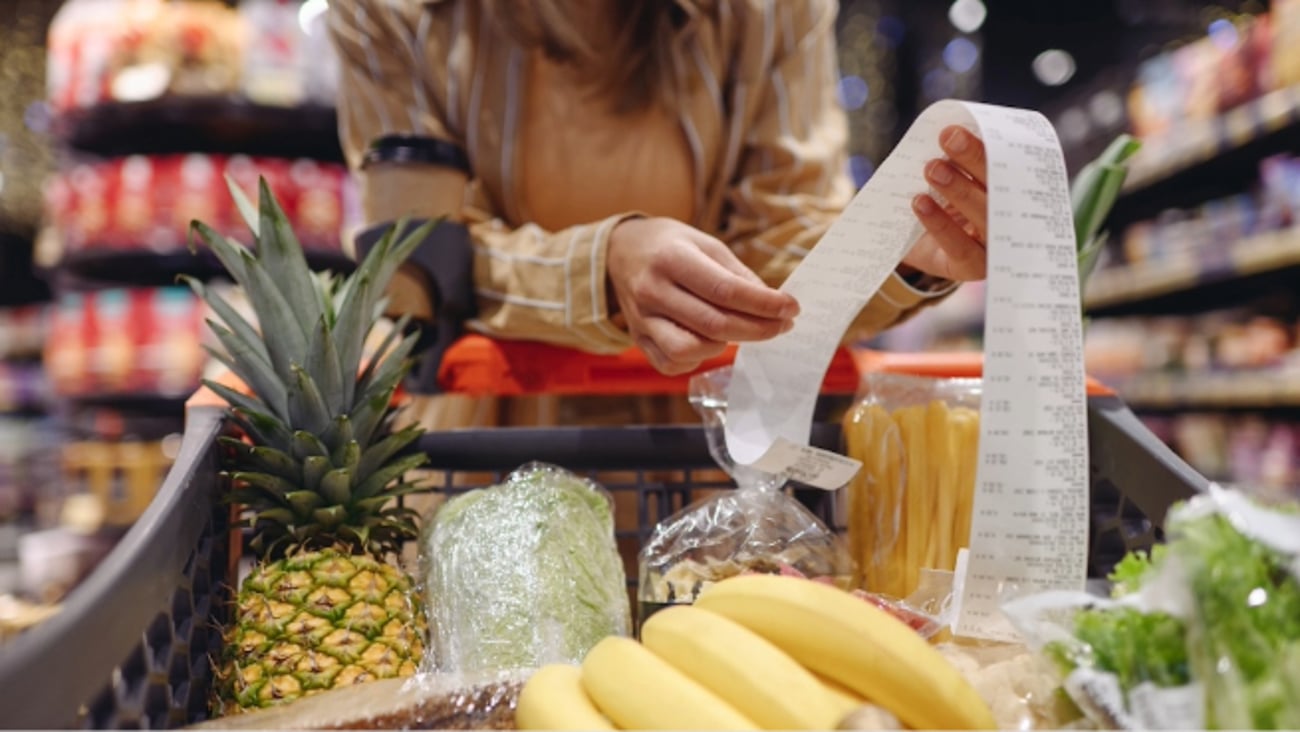Is the food industry prepared for future lockdowns?
With new federal modelling projecting Canada could see as many as 60,000 COVID-19 cases a day by end of 2020, a second wave of lockdowns seems inevitable, even in the Atlantic bubble. The virus knows no borders and is now spreading like wildfire. Toronto and Peel regions are under its second lockdown in nine months. Questions about the resiliency of our food supply chain are emerging again, but rest assured, this new cycle of lockdowns will be different.
Back in March, many of us went to the grocery store without knowing when we would be allowed to go back again. That is one main reason why panic buying occurred. The virus was still quite foreign to us and most did not know how public health was going to deal with the pandemic. The pace of how new regulations are implemented is more manageable and decisions from governments are also much more predictable.
Our behaviour has also changed. Before the pandemic, Canadians went to the grocery store slightly more than twice a week and spent just under 25 minutes per visit. Today, for the first time in more than 20 years, the average Canadian visits the grocery store once a week and spends about the same amount of time per visit. Shoppers are more disciplined, focused and tend to stick to a predetermined plan without buying more than they need. As we have all became better food inventory managers at home, better cooks, better gardeners, the Canadian average household is wasting less food now than during the first few months of the pandemic, according to some reports. We are much more methodical as shoppers now. We just needed a pandemic to make that happened.
Food e-tailing in Canada is also much more developed. In fact, since March, the experience of buying food online has changed dramatically. Initially food orders took days to be delivered, whereas now orders are processed within hours. According to a recent survey by Dalhousie University, 63.8% of Canadians have ordered food online in some capacity over the last six months. The same survey estimated that 4.2 million more Canadians are ordering food online at least once a week, which is more than before the pandemic. In other words, COVID-19 has already helped create new habits. And when asked if Canadians intend to order food online at least once a week after the pandemic, 49.4% intend to do so. That is almost half of Canadians surveyed.
The food industry is in a much better position to handle a second lockdown, but some risks remain. The border has remained fluid throughout the pandemic. With a new tenant in the White House, we know the Biden/Harris administration will have a different approach to the virus. Let's hope it doesn't involve compromising the operability of food supply chains on either side of the border.
Analytics are another issue. Food supplies are primarily determined by historical sales order data and not by actual consumption and market data. The disconnect between the two caused the dichotomy of shortages in some food products and surpluses in others. The need to digitize the food supply chain is greater than ever. As the industry adopts different analytical methods and embraces the use of new technologies, this will certainly help.
Food processing remains our food supply chain’s greatest weakness. The need for more nearshoring, local sourcing and domestic food manufacturing is much more acute. Costs of distribution in Canada and access for food manufacturers to domestic production of raw materials and packaging are major headwinds. This needs to change. More investments in logical infrastructure cannot be underscored enough. Any trucking company will tell you that Canada urgently needs work in this area.
And finally, human capital. With many closures in food processing and farming, particularly foreign workers succumbing to COVID-19 this summer, recruitment has become more challenging. Food manufacturing in Canada has more than 28,000 vacancies now, the highest it has ever been. We can invest and reskill all we want, but overly generous publicly-funded financial aid programs for Canadians will only make our food supply chain more fragile and less resilient. The last thing the food industry needs are governments incentivizing people to stay home. It can be overdone, despite public health concerns. The food industry needs workers, desperately.
As for all of us, we should continue to trust our food supply chain. Our food industry has delivered and will continue to do so.




